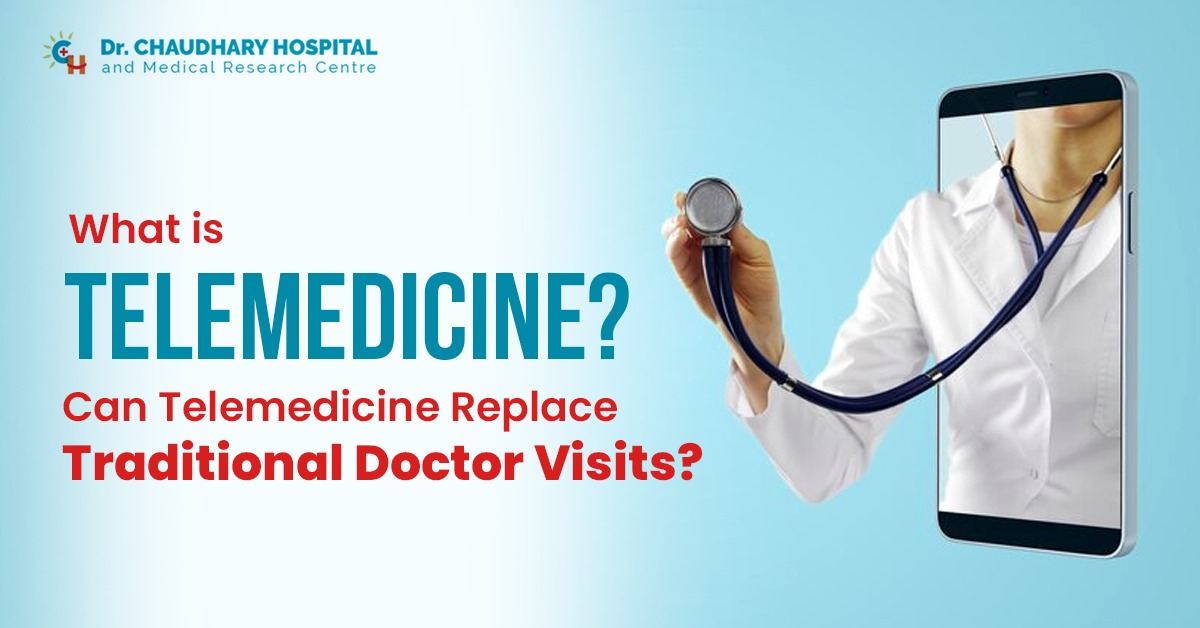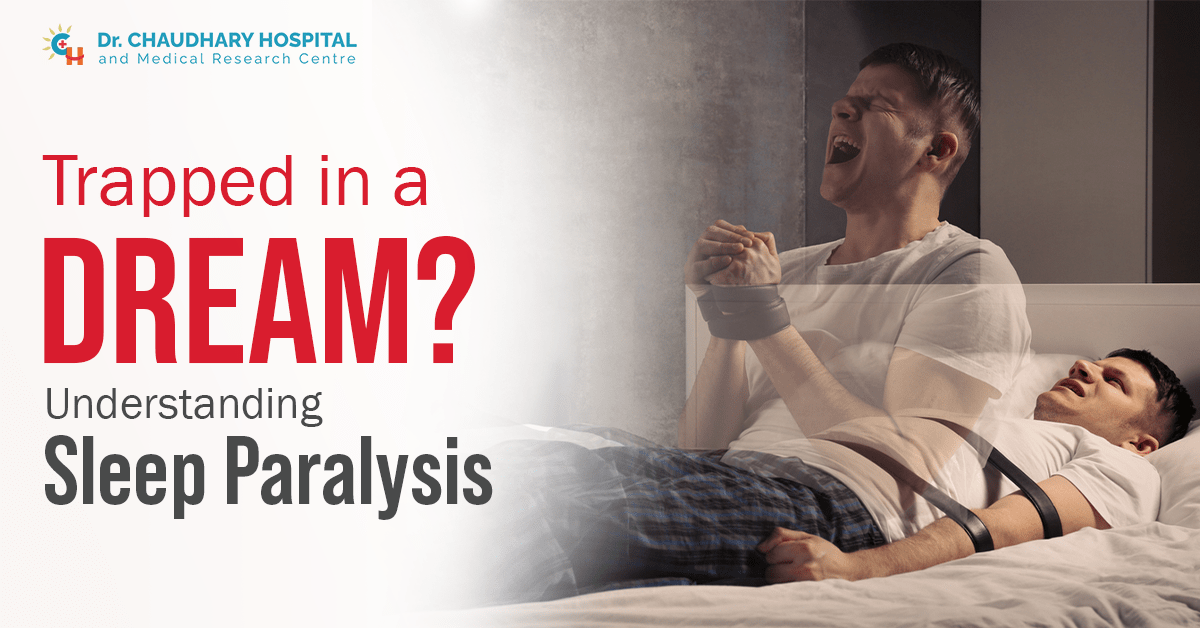The world is transforming and leading toward a comfortable and standard life. The healthcare industry is not behind any more as it has maintained its pace with the transforming world. One such innovative modification in the healthcare industry is telemedicine. Telemedicine is a general term that comprises all the ways a doctor can interact with a patient without being in the same room. It can include:
- Phone calls or video chats
- Using Emails
- Remote monitoring, etc.
Let us understand more about telemedicine and how the healthcare industry has explored its potential to optimally utilise it.
What is Telemedicine?
Telemedicine is a new and innovative way of treatment in the healthcare industry. Telecommunication is a broader concept in the healthcare industry. It comprises all the medical services delivered via electronic communication. This includes live video consultations, remote patient monitoring, health applications on mobile, and electronic medical data. The science of telemedicine, utilizes the internet and telecommunication, to facilitate real-time, live interaction between the healthcare professional, and patients. This method in the healthcare industry helps to overcome all geographical barriers, and time constraints and helps in providing healthcare facilities at ease.
What are the Types of Telemedicine?
Telemedicine has several types:
- Real-time video communication
- Remote monitoring – This includes recording data, collecting, and evaluating. This health data may include:
- Blood Pressure
- Cardiac Stats
- Oxygen Levels
- Respiratory Rates
Storing and sharing medical information
-
- CAT Scan
- MRIs
- X-rays
- Photos, videos, and other patient data
What are the Benefits of Telemedicine?
Easy Convenience
The primary advantage of telemedicine is that healthcare facilities can be easily availed by everyone living even in remote or underserved areas. The days of traveling long distances to get to a health facility are gone. The convenience of telemedicine reduces the time and redundancy of traveling. Today, everybody can access healthcare from the comfort of their home. As per a study conducted in 2019, it was observed that telemedicine benefits an individual in three ways:
- a. Travel time
- b. Cost
- c. Time away from work
Time Efficiency
The use of telemedicine completely eliminates the need to waste time traveling or spending hours in the waiting room for doctor’s appointments. This provides time efficiency. Telemedicine allows an individual to book appointments at the convenience of their home, even if the consultation is quicker. This benefits the healthcare provider to attend to more patients in a day.
Cost-Effective Healthcare Options
Healthcare consultants booked through telemedicine may be more affordable than through conventional methods. Telemedicine can significantly reduce healthcare costs for both patients and providers. Patients save on travel expenses, and healthcare providers save their operational costs. The healthcare provider does not have to maintain a clinic or a support staff. It’s a win for both.
- A reduction in cost is observed with the help of telemedicine is used in the following steps:
- a. intensive care unit (ICU) rooms
- b. pediatrics
- c. dermatology
- d. Radiology
Enhanced Patient Engagement
Telemedicine encourages individuals to take care of their own health. With various online advisors, direct contact with healthcare providers, and easy access to healthcare information patients diligently follow their healthcare routine and maintain their lifestyle.
Family Access
Telemedicine offers easy access for families and care providers to interact, engage, and ask questions. They get involved in the health and lifestyle of other family members and develop routines to help each other.
What are the Possible Drawbacks of Telemedicine?
There are multiple benefits of Telemedicine, however, it comes with some unavoidable drawbacks such as:
-
- 1. Technological glitches in the devices
- 2. Less effective because of the lack of a personal touch
- 3. Lack of infrastructure in the remote method like medical equipment, or high-speed internet
- 4. Lack of trust and rapport between the patient and the doctor
- 5. Fluctuations in the diagnosis due to poor quality cameras, lights, images, etc.
- 6. Lack of clarity
- 7. Easy to manipulate or wrong use of medical data
- 8. Telemedicine doesn’t cover all rural areas
- 9. Challenges in ensuring electronic health records
What is the Future of Telemedicine?
- The future of telemedicine is promising with the advent of technology and increased acceptance among patients and healthcare providers. A few trends that are likely to shape the future of telemedicine are:
- 1. Integration of AI will enhance the prospect of telemedicine as it will provide tools to support decision-making.
- 2. The world is evolving and the innovation of more sophisticated remote monitoring devices is on the way. This new change will enable continuous tracking of vital signs and health parameters.
- 3. Telemedicine has a significant contribution to the field of mental health and will continue to grow. Virtual therapy sessions, counseling, and psychiatric consultations will increase and will benefit all.
- 4. As the telemedicine sector grows, the government will offer more easier ways to structure it, and offer security measures for its mass acceptance.
Conclusion
Telemedicine is booming but one thing is for sure it will not entirely replace traditional healthcare methods. Visiting doctors still remains relevant for many chronic health conditions, however, telemedicine has made the process easier and smoother. As the technology is evolving, we can create a better and efficient method to use telemedicine sector and make it profitable and beneficial for all.


